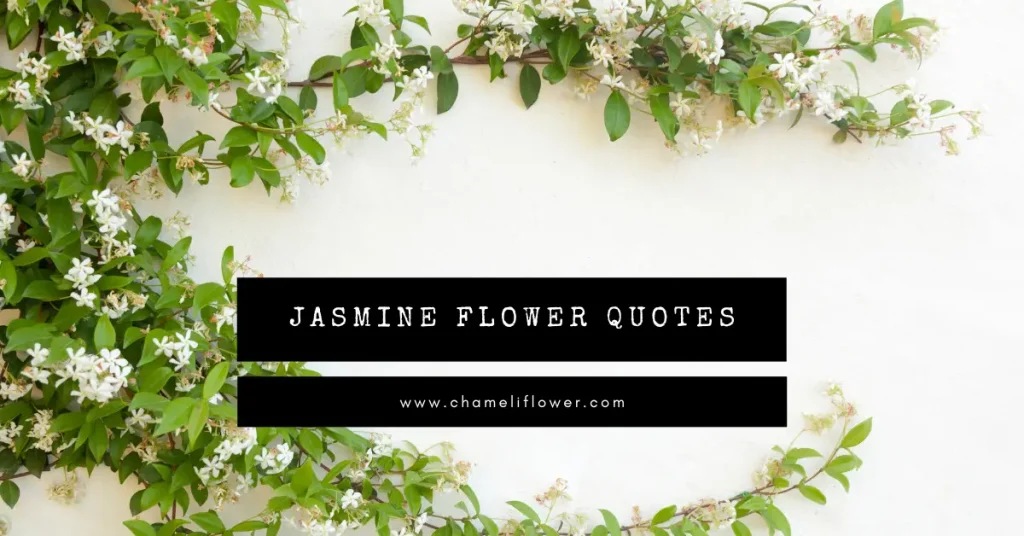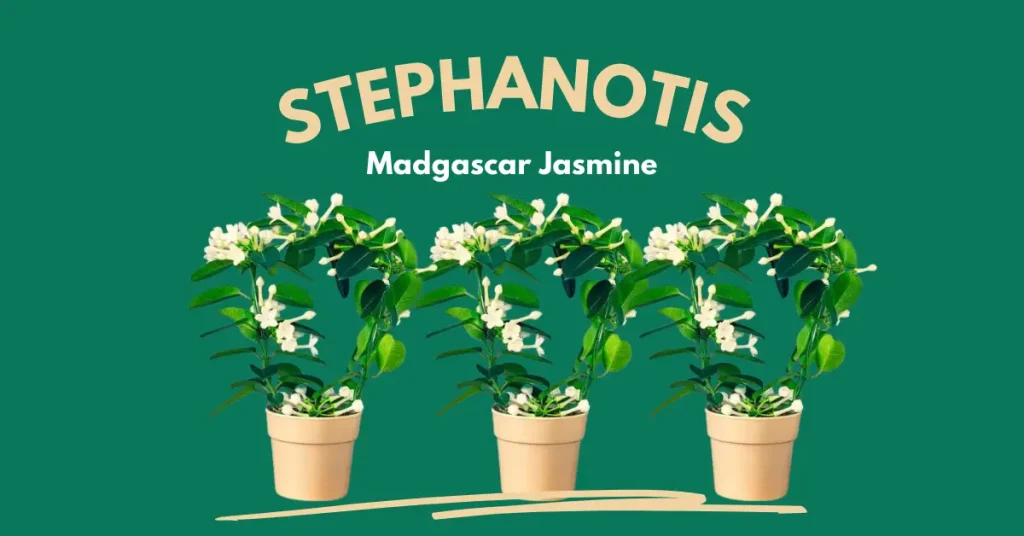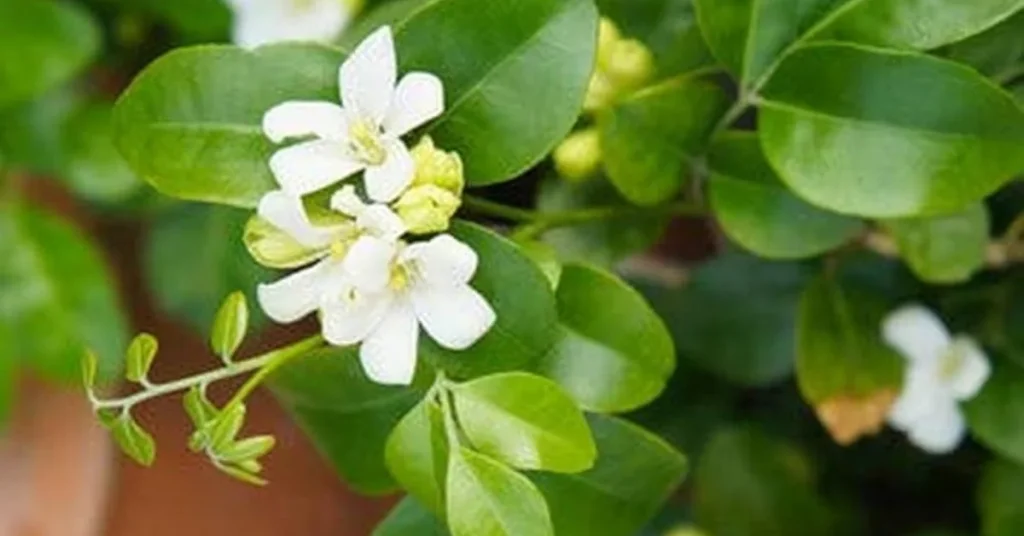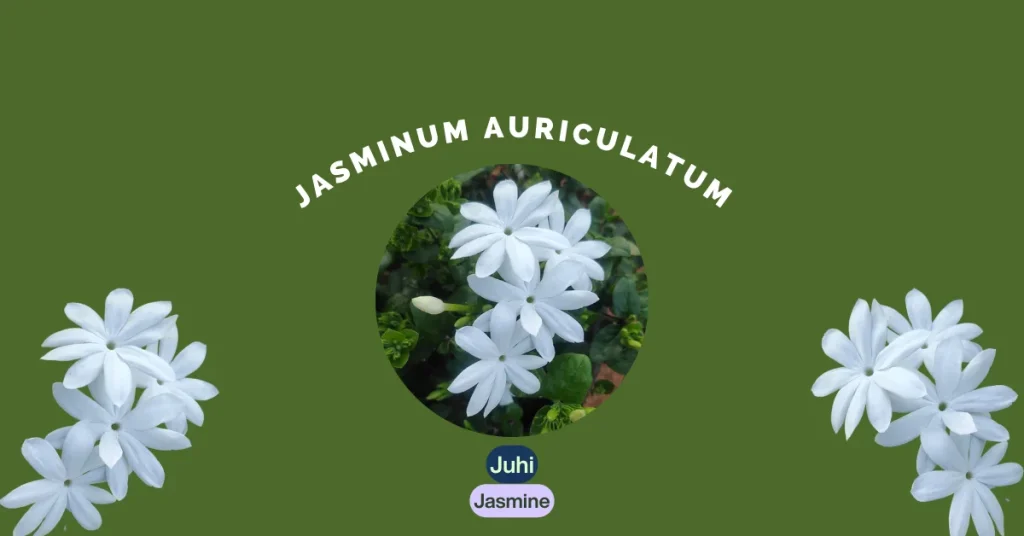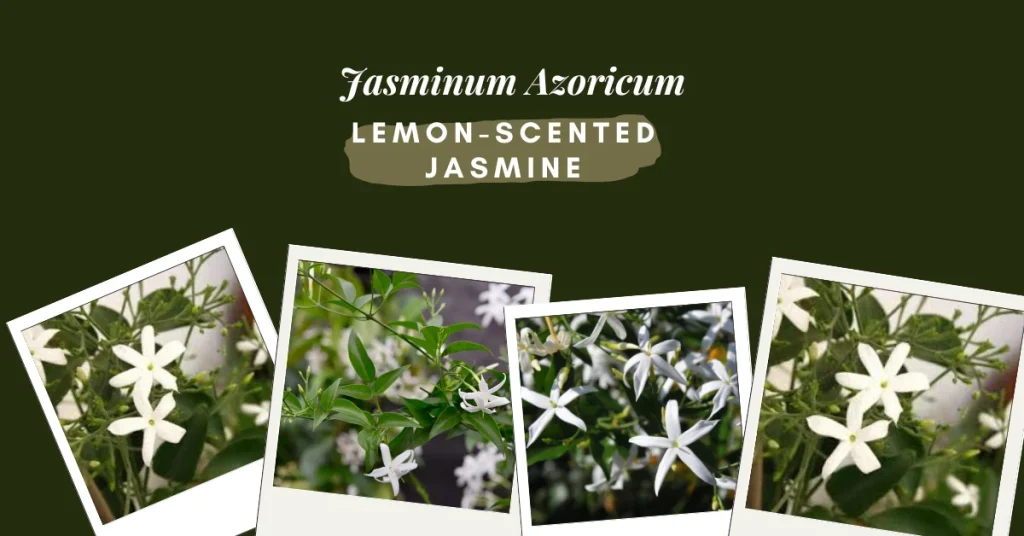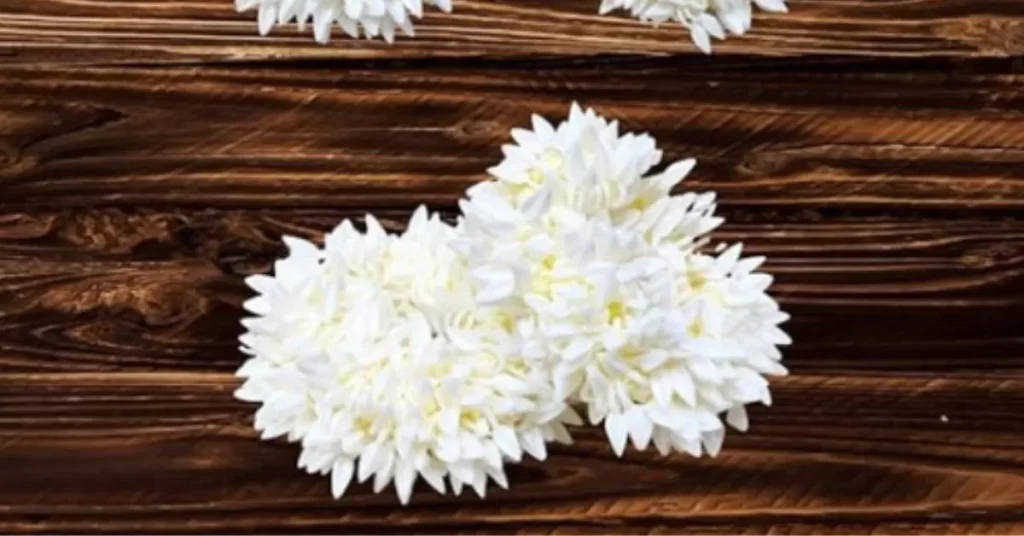Red Jasmine (Jasminum Beesianum) Plant Care and Benefits

As a gardener, few things bring me more joy than seeing a plant that combines beauty, fragrance and resilience and red jasmine (Jasminum beesianum) is exactly that kind of flowering plant. With its clusters of pink to deep-red blooms and soft, sweet fragrance, red jasmine adds a burst of color and charm wherever it grows. It’s not just another vine — it’s a plant that can turn an ordinary wall, fence, or pergola into a stunning, living display.
Native to the mountain slopes of Tibet and central China, this semi-evergreen climber is both tough and graceful. It grows well in full sun, loves well-drained soil, and rewards even a little care with months of lovely blossoms. Whether you want to create a romantic garden corner, a colorful privacy screen, or simply enjoy a plant that blooms with character, red jasmine fits beautifully in every setting.
I love about this plant is that it tolerates light frost, adapts to different soil types and can even be grown in containers. And when it blooms, the garden feels alive with color and scent.
In this article, you’ll get to know everything about the red jasmine plant — its characteristics, how to grow and care for it, where it grows best, whether it’s toxic or not, and the benefits it brings to your home and garden.
Red Jasmine Overview
| Feature | Details |
|---|---|
| Scientific Name | Jasminum beesianum |
| Common Name | Red Jasmine, Beesianum Jasmine |
| Native Region | Tibet and Central China |
| Plant Type | Perennial, Semi-evergreen Climber |
| Height | Up to 12 feet (3.6 meters) |
| Flower Color | Pink to Deep Red |
| Propagation Method | Stem Cuttings |
| Hardiness Zones | USDA 7a – 9b |
| Toxicity | Non-toxic to humans and pets |
What Is Red Jasmine?
Red jasmine is a flowering vine belongs to the olive family (Oleaceae). It was first introduced to Europe in the early 1900s by George Forrest, a plant explorer who collected seeds in China. The name beesianum honors Bees Ltd., the English nursery that sponsored his expeditions.
This jasmine is known for its slender climbing stems, glossy green leaves, and clusters of star-shaped flowers that bloom in shades of pink and red. Unlike some tropical jasmines, red jasmine is more cold-tolerant, making it suitable for gardeners in temperate climates.
Its flowers appear in late spring through mid-summer, filling the air with a soft, sweet fragrance. After blooming, the plant produces shiny black berries that can last into winter, adding a touch of seasonal beauty even when the blooms are gone.
Ideal Growing Conditions
Red jasmine enjoys a sunny to partially shaded location. It performs best when it gets at least 6 hours of sunlight daily. Too much shade can reduce flowering, so choose a bright spot for the best growth & performance.
The plant prefers well-drained, fertile soil that is slightly alkaline or neutral in pH. It tolerates clay, sandy, or loamy soils as long as they aren’t waterlogged. For containers, use a mix of garden soil, peat moss and sand for good drainage.
When it comes to water, I always advise, moderation is key. Water your red jasmine every 1–2 weeks, allowing the top layer of soil to dry out between waterings. Overwatering can cause root rot, while underwatering may lead to yellowing leaves.
This plant thrives in temperatures between 15°C and 25°C (59°F–77°F) but can tolerate brief drops down to -15°C (5°F) once established. It’s hardy in USDA zones 7a to 9b and can handle light frost but not severe winter freezes.
How to Plant Red Jasmine
Planting red jasmine is simple and of course rewarding at the end. The best time to plant is in spring or early fall, when the weather is mild. Choose a sunny, sheltered spot and prepare the soil by loosening it to improve drainage. Follow these instructions:
Dig a hole as deep as the plant’s nursery pot and twice as wide. Gently remove the plant from its container, keeping the root ball intact. Place it in the hole so that the soil level matches the original pot level. Fill around it with soil and water thoroughly.
Since this is a climbing plant, it needs support such as a trellis, pergola, or wall to grow upward. Space plants about 2.5 meters (8 feet) apart if planting multiple vines to give each one room to spread.
Red Jasmine Plant Care Guide
Watering and Fertilizer Application
During the growing season (spring and summer), water regularly but avoid waterlogging. In dry or hot conditions, increase watering frequency slightly. Feed your red jasmine once a month with a balanced fertilizer. Phosphorus encourages more blooms, while nitrogen supports healthy foliage.
Helpful Read: Fertilizers For Jasmine Plants
Pruning
Prune your red jasmine in early spring or just after flowering. Remove any dead, damaged, or tangled stems. Regular pruning helps maintain the plant’s shape and encourages new flowering shoots. Avoid heavy pruning during winter, as it may weaken the plant before new growth begins.
Pests and Diseases
Red jasmine is generally resistant to pests, but occasional aphids or spider mites may appear. Rinse them off with water or use an organic insecticidal soap. Root rot can occur if the soil stays too wet, so always ensure good drainage.
Propagation and Transplanting
The easiest way to propagate red jasmine is through stem cuttings. Take a 15 cm (6-inch) cutting from a healthy stem in spring or early summer, just below a leaf node. Remove the lower leaves, dip the cut end in rooting hormone, and plant it in moist, sandy soil. Keep it warm and slightly humid until roots form.
When transplanting established plants, do so in spring, being careful not to damage the roots. Water well after transplanting and provide shade for a few days to help it adjust.
Where to Grow Red Jasmine
Red jasmine is perfect for gardens, patios and balconies. It’s used to cover fences, pergolas and trellises, add both privacy and beauty. It also looks stunning as a ground cover on slopes or walls.
In landscape design, it fits beautifully into Asian gardens, cottage gardens, or woodland-themed spaces. Its natural red blooms contrast beautifully with green foliage, creating a romantic and lively atmosphere.
Is Red Jasmine Toxic?
Good news — red jasmine is considered non-toxic to both humans and pets. This makes it safe for family gardens where children and animals play. However, as with most ornamental plants, it’s best to discourage pets from chewing leaves or flowers.
Benefits of Red Jasmine
- Aesthetic Beauty: Its rich pink-red blossoms bring vibrancy and charm to any space.
- Fragrance: A soft, sweet jasmine scent that gently perfumes the air.
- Low Maintenance: Easy to grow and prune, suitable for busy gardeners.
- Cold Tolerance: Frost-hardy than many jasmine varieties.
- Pollinator Friendly: Attracts bees and butterflies.
- Symbolism: Represents love, passion, resilience and good fortune.
Frequently Asked Questions
1. How often does red jasmine bloom?
It usually blooms from late spring to mid-summer, with flowers lasting several weeks.
2. Can red jasmine survive winter?
Yes, it can tolerate light frost, but in very cold areas, protect it with mulch or grow it in a container you can move indoors.
3. Does red jasmine need full sun?
It performs best in full sun, but it can also grow well in partial shade.
4. Can red jasmine grow indoors?
Yes, but it needs a bright, sunny window and good airflow. For best growth & more flowering, at least 6 to 8 hours of sunlight is necessary.
Conclusion
Red jasmine is a plant that brings color, fragrance and joy to every garden. Its deep pink-red flowers and climbing form make it a perfect choice for trellises, fences, or even as a potted beauty indoors. It’s bit hardy and easy to care.
If you are just starting your garden or looking for a red fragrant flowering plant, red jasmine will reward you with vibrant blooms, soft fragrance and a touch of romance year after year. So, plant one today and let your garden bloom with passion and color!

I am Yasir Riaz, an Agronomist for more than a decade. Helping local farmers and Gardeners to improve their crops and Gardens and overall productivity. In addition to my work in agriculture, I have also delved into the digital world as an SEO writer and blogger. Through my blog, I aim to educate and inspire others about the Chameli Flower (Jasmine).

